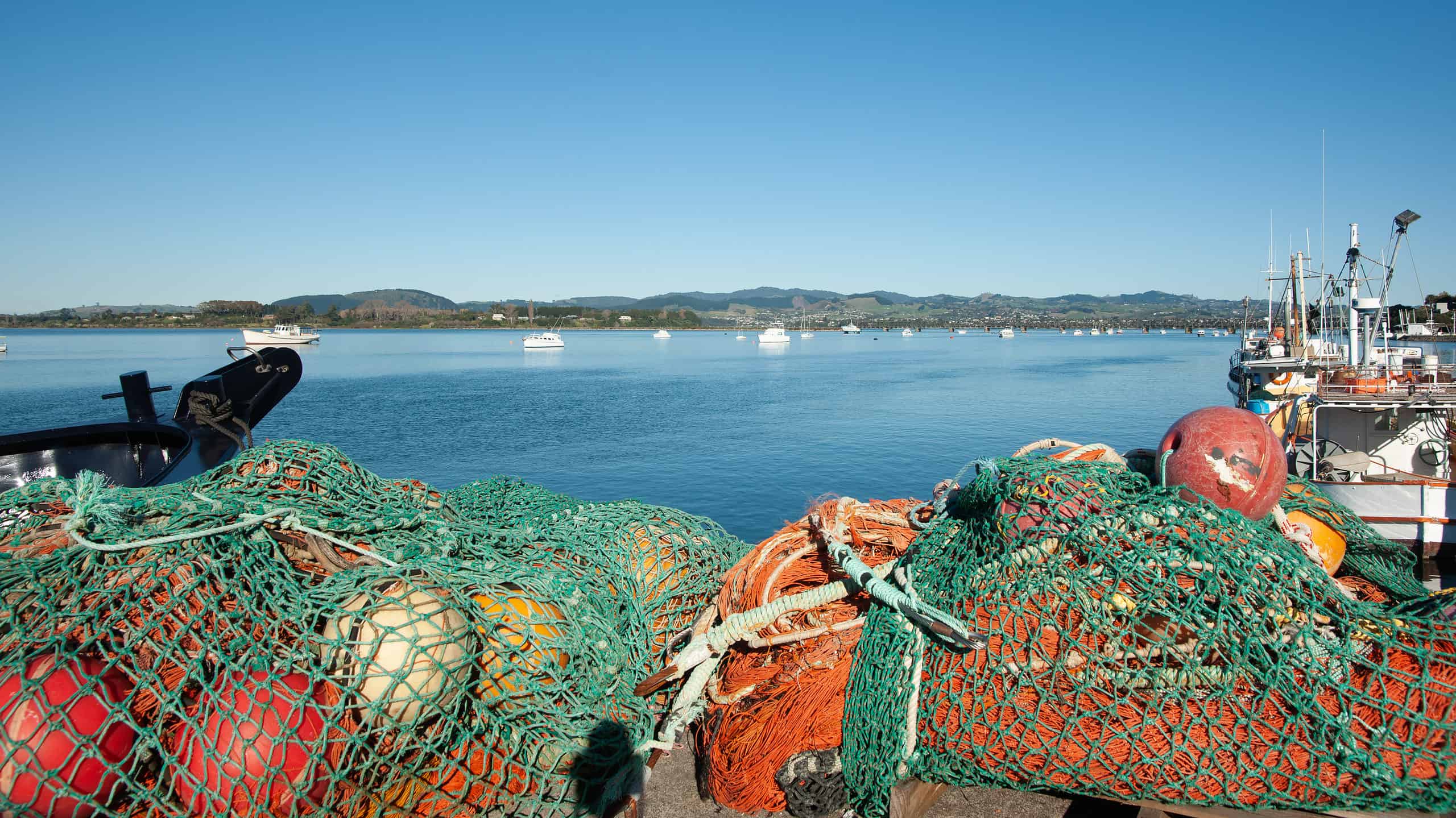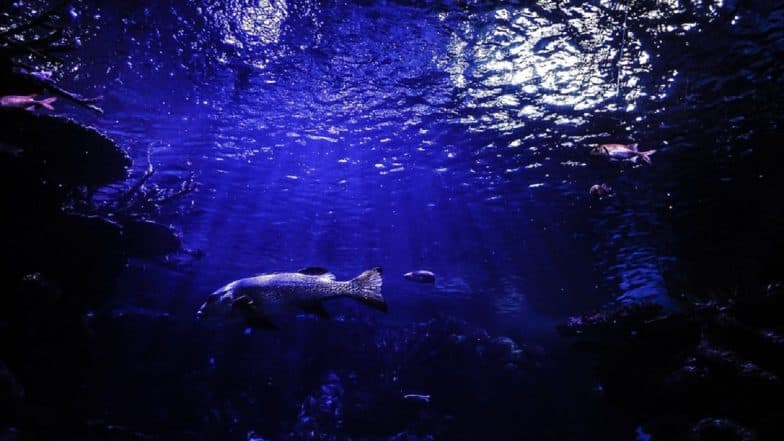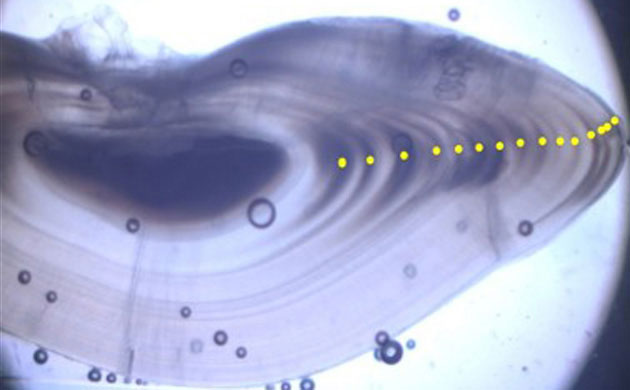

There are also glass sponges, some of which look like vases. One of the deep-sea animals discovered was nicknamed the “gummy squirrel”, because of its huge tail and jelly-like appearance, he said. “One of the characteristics of the abyssal plane is the lack of food, but life has a way of persisting down there,” he said. The seabed, Glover said, is an “amazing place” where, despite the extreme cold and dark, life thrives. The scientists watch operations by video link direct from the boat, as new species are gathered by remote operating vehicles in the darkness below. “We share this planet with all this amazing biodiversity and we have a responsibility to understand it and protect it,” said Muriel Rabone, the paper’s lead author, a deep-sea ecologist at the Natural History Museum (NHM).Ī seastar. Published in the journal Current Biology, it includes 5,578 different species, of which an estimated 88% to 92% had never before been seen. To better understand the impact of mining this fragile ecosystem and its newly discovered inhabitants, an international team of scientists has built the first “CCZ checklist” by compiling all the records from expeditions to the region. In July the International Seabed Authority, a quasi-UN body based in Jamaica that regulates deep-sea mining, will begin accepting exploitation applications from these companies. The companies, backed by countries including the UK, US and China, want to exploit minerals including cobalt, manganese and nickel, in part to sell to the alternative energy sector. Most of the animals identified by researchers exploring the zone are new to science, and almost all are unique to the region: only six, including a carnivorous sponge and a sea cucumber, have been seen elsewhere.Ĭontracts for mining exploration in the CCZ have been granted to 17 deep-sea mining contractors in an area covering 745,000 sq miles. The industry is expected to grow significantly in the future, and while these underwater wonders are rich with life, the stage is already set for miners to start digging.Bolosominae stet is a type of sponge, believed to be new to science.

Unfortunately, as Dvorsky points out, it could be hard to convince underwater miners to avoid these vents. “Our results highlight the need to explore other hydrothermal vents in the southwest Indian Ocean and investigate the connectivity of their populations, before any impacts from mineral exploration activities and future deep-sea mining can be assessed,” Copley says in a statement. Unfortunately for the sea creatures at Longqi that either made a pit stop or have settled down, the vents are rich in mineral like gold and copper, making them prime targets for underwater mining operations, Hays reports. “We can be certain that the new species we've found also live elsewhere in the southwest Indian Ocean, as they will have migrated here from other sites, but at the moment no one really knows where, or how well-connected their populations are with those at Longqi," study leader Jon Copley says in a statement.Īccording to a new study published yesterday in the journal Scientific Reports, Copley and his team also spotted several other deep-sea species known to thrive around similar vents in the deep ocean. In addition to the towering spires, they found several species of sea creatures that had never been seen before, including a kind of hairy-chested crab, two species of snail, and new species of limpet, scaleworm and deep-sea worm, George Dvorsky reports for Gizmodo. In 2011, a group of researchers from the University of Southampton used a robotic submersible known as a remotely operated vehicle (ROV) to explore an area around Longqi about the size of a football field. Known as Longqi, or “Dragon’s Breath,” this site is littered with mineral spires two stories tall that have grown up around these vents and attract a range of creatures seeking food, shelter and warmth, Brooks Hays reports for United Press International. This particular set of hydrothermal vents is located about 1,200 miles southeast of Madagascar and sit roughly two miles beneath the waves. Now, scientists surveying the southwest Indian Ocean have discovered several previously unknown species of sea creatures thriving in a region slated for mining.

These unusual critters found nowhere else in the world underscore the importance of efforts to understand life below the waves. For as long as scientists have had the technology to explore the ocean’s floor, deep-sea hot springs have been a source of some of the oddest and most amazing creatures.


 0 kommentar(er)
0 kommentar(er)
